The moon is Earth’s own satellite, the fifth largest satellite in the solar system. If you’re curious, the top four spots are taken by Jupiter’s Ganymede, Callisto, and Io, along with Saturn’s Titan. The moon has exerted its influence across millenia, through its regulation of tides, the tales of time spun by its phases, the sense of awe invoked when it passes in front of the sun, and the pale rose color it dons when engulfed by the Earth’s shadow. When the skies are too bright image because of the moon, it’s easy to make the moon your target. A gibbous moon offers nice contrast, a half moon presents the ragged edge of a dividing line between light and dark, while a crescent moon offers long shadows, deep craters and sharp detail.
| Diameter (km) |
(mi) |
(Earths) |
From Earth(km) |
(mi) |
Orbit |
Mass (Earths) |
| 3,476 |
2,160 |
0.27 |
385,000 |
239,228 |
27.32d |
1/81 |
Enjoy these images, videos, and blogs that celebrate the closest solar system body we can image.
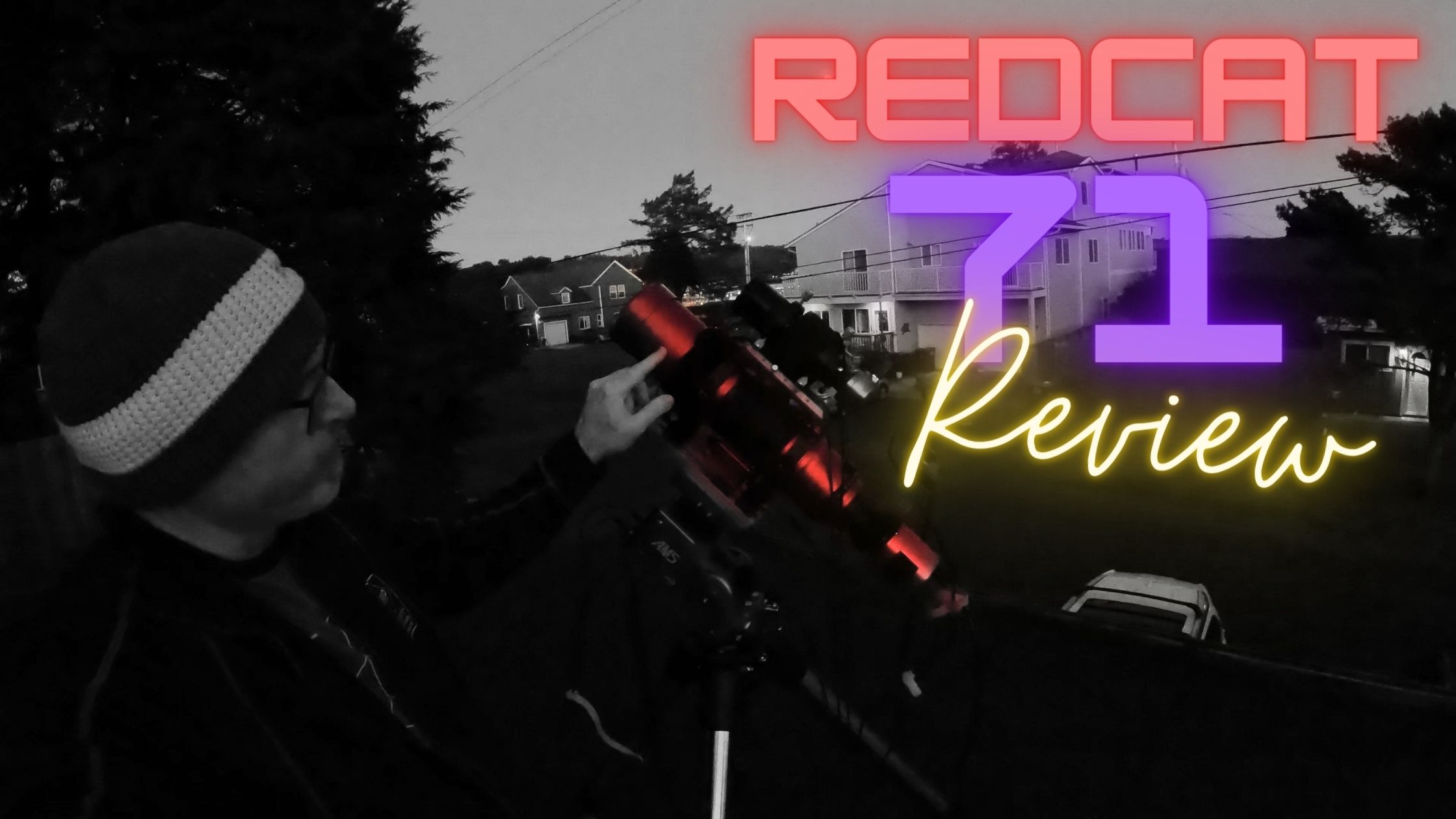
Review: William Optics Redcat 71 My new favorite lens
A complete review of the William Optics Redcat 71 astrograph refractor telescope, with comparisons to the Svbony SV503 70ED.
2024-01-05 learn more
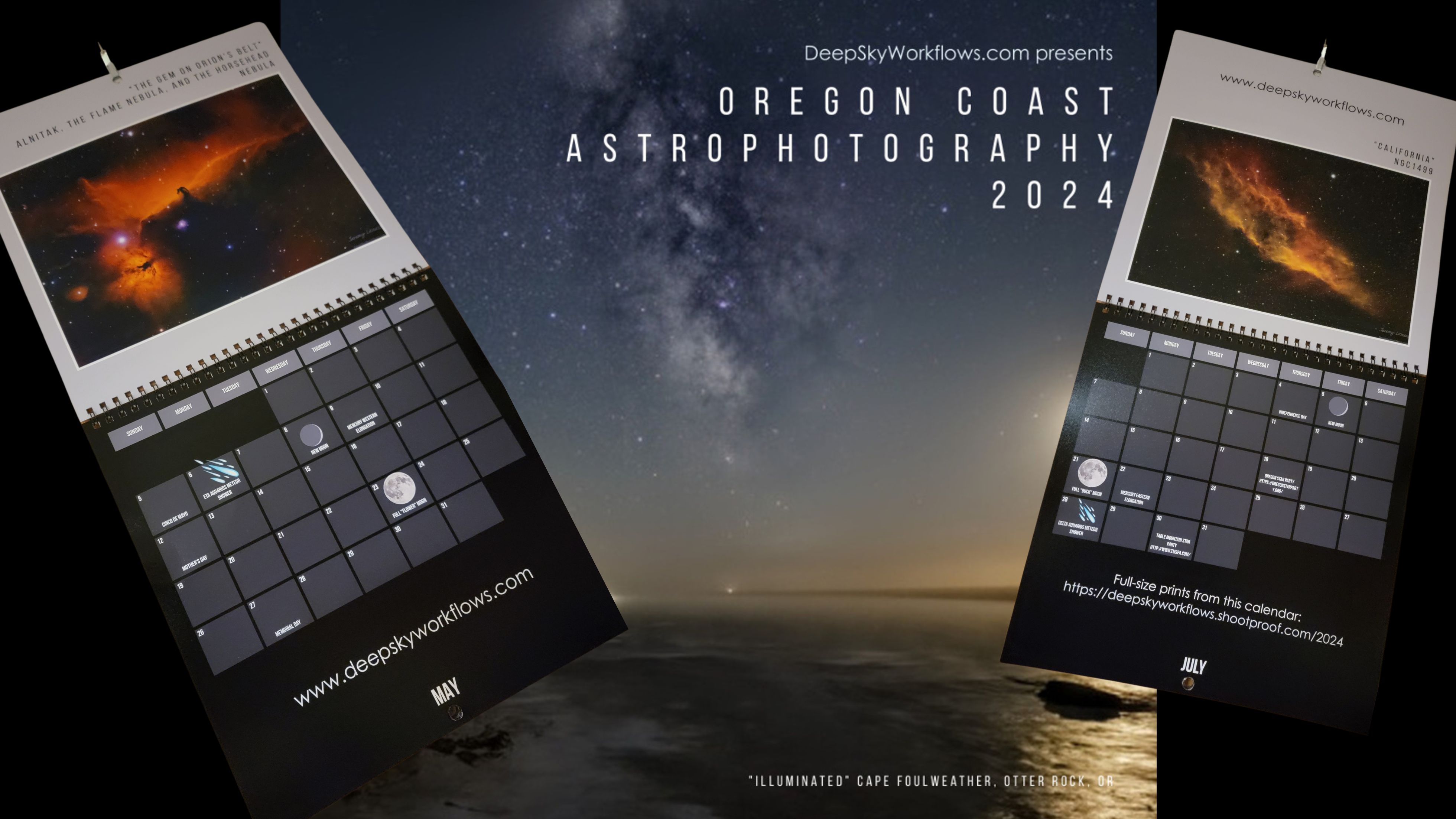
The Oregon Coast Astrophotography 2024 Calendar
The 2024 calendar shares print-quality photographs taken either of or from the Oregon Coast between Waldport and Otter Rock. It includes important dates such as elongations, oppositions, moon phases, super-moons, meteors, and even some star parties in the Pacific Northwest.
2023-12-14 learn more
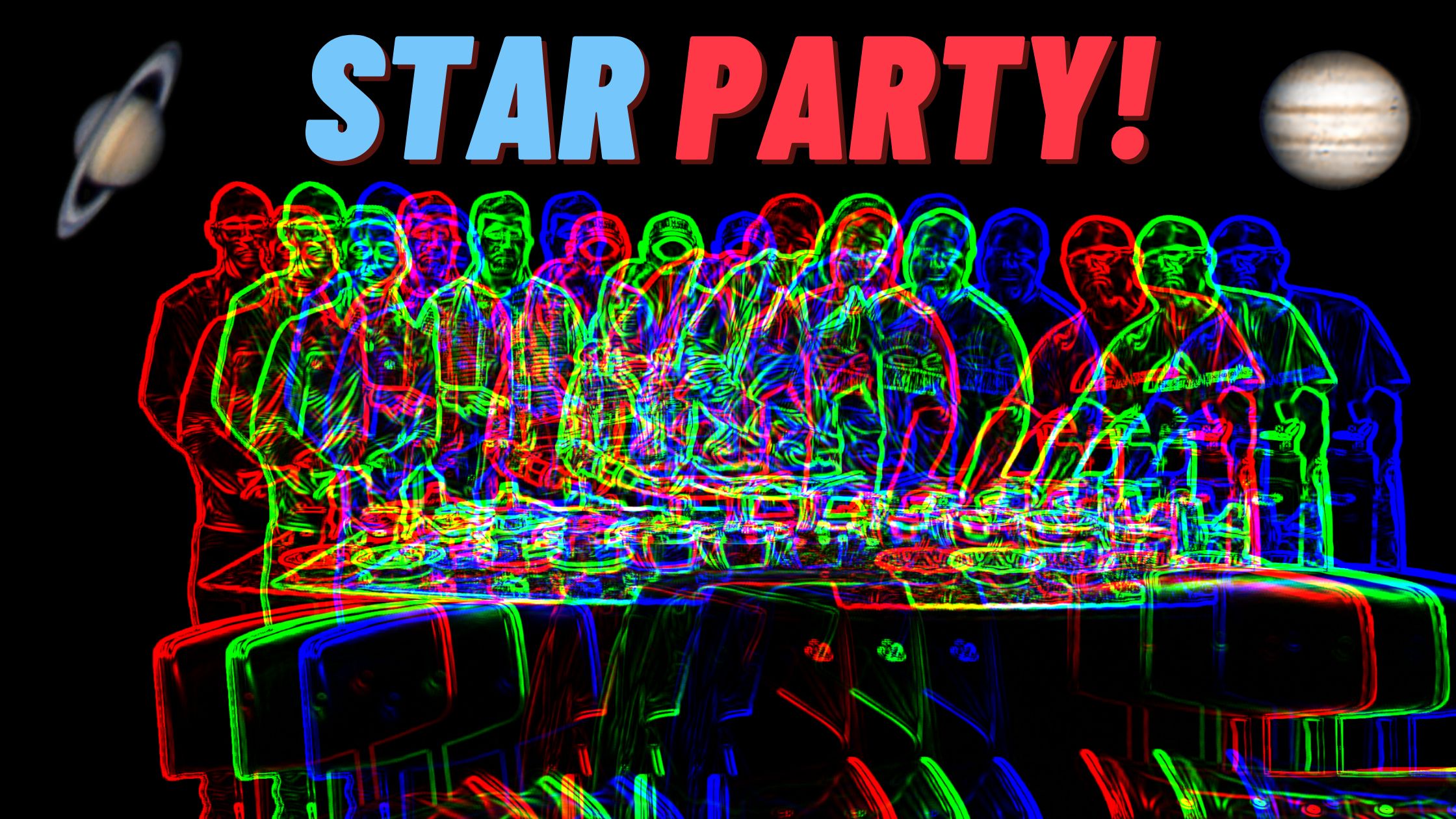
My first viewing party
I hosted my first viewing party and it was a blast!
2022-10-09 learn more

Planetary processing with PixInsight (no RegiStax!)
If RegiStax gives you fits and crashes or you just want to stick with one tool, let me show you how I process planets and lunar surfaces with PixInsight!
2022-10-06 learn more
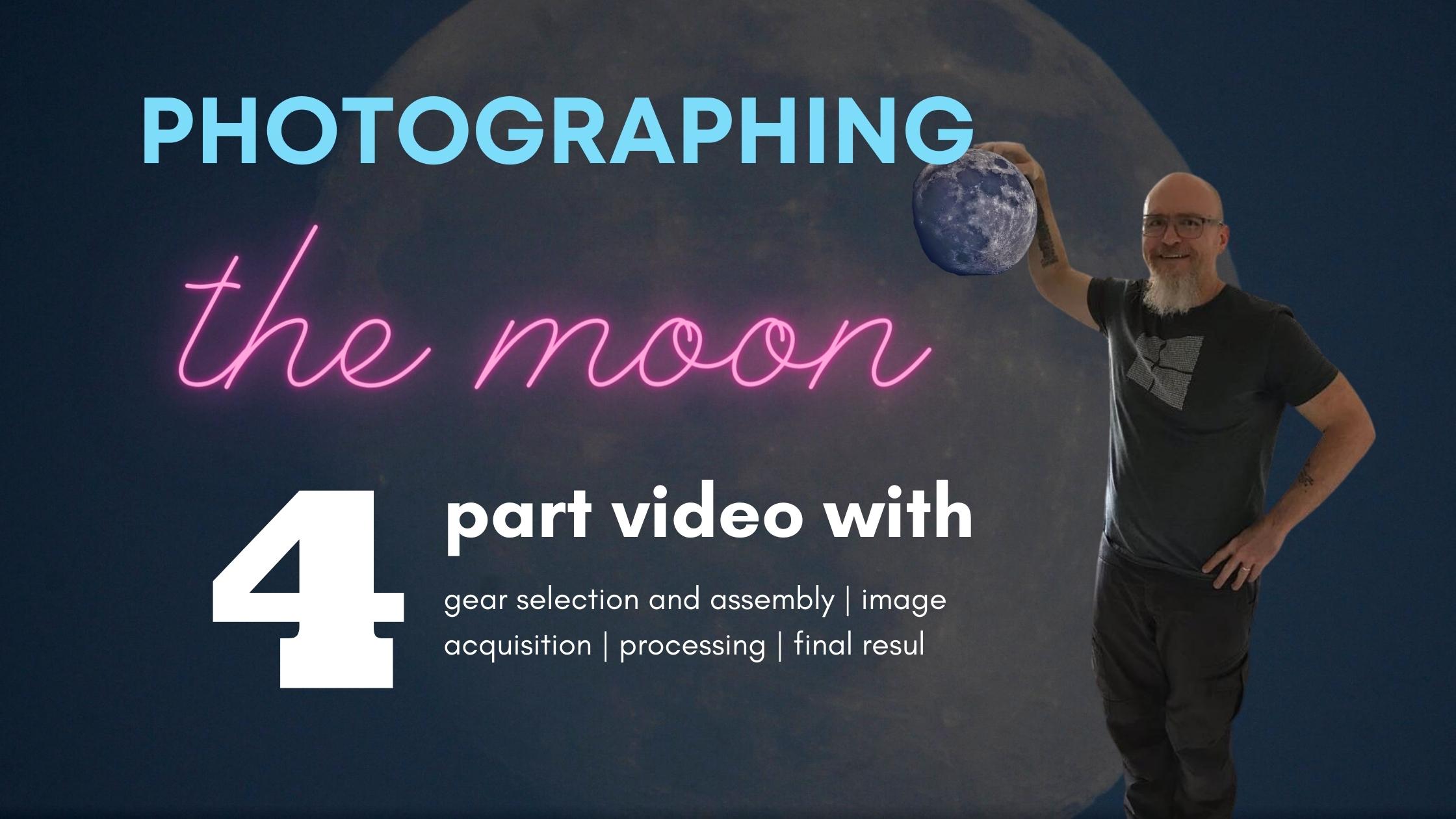
Video: Photographing the Moon
I wanted to share the full end-to-end experience of creating a moon photograph. I used my SVBony SV503 70ED refractor with a 2x Barlow lens and my Sony Mirrorless 6300 to take a daytime moon photograph. See how I assembled the equipment, acquired the footage, and processed the result.
2022-06-16 learn more

To the Moon! Processing lunar images
I walk you through step-by-step several approaches to imaging the moon. Most of them are free!
2022-02-20 learn more
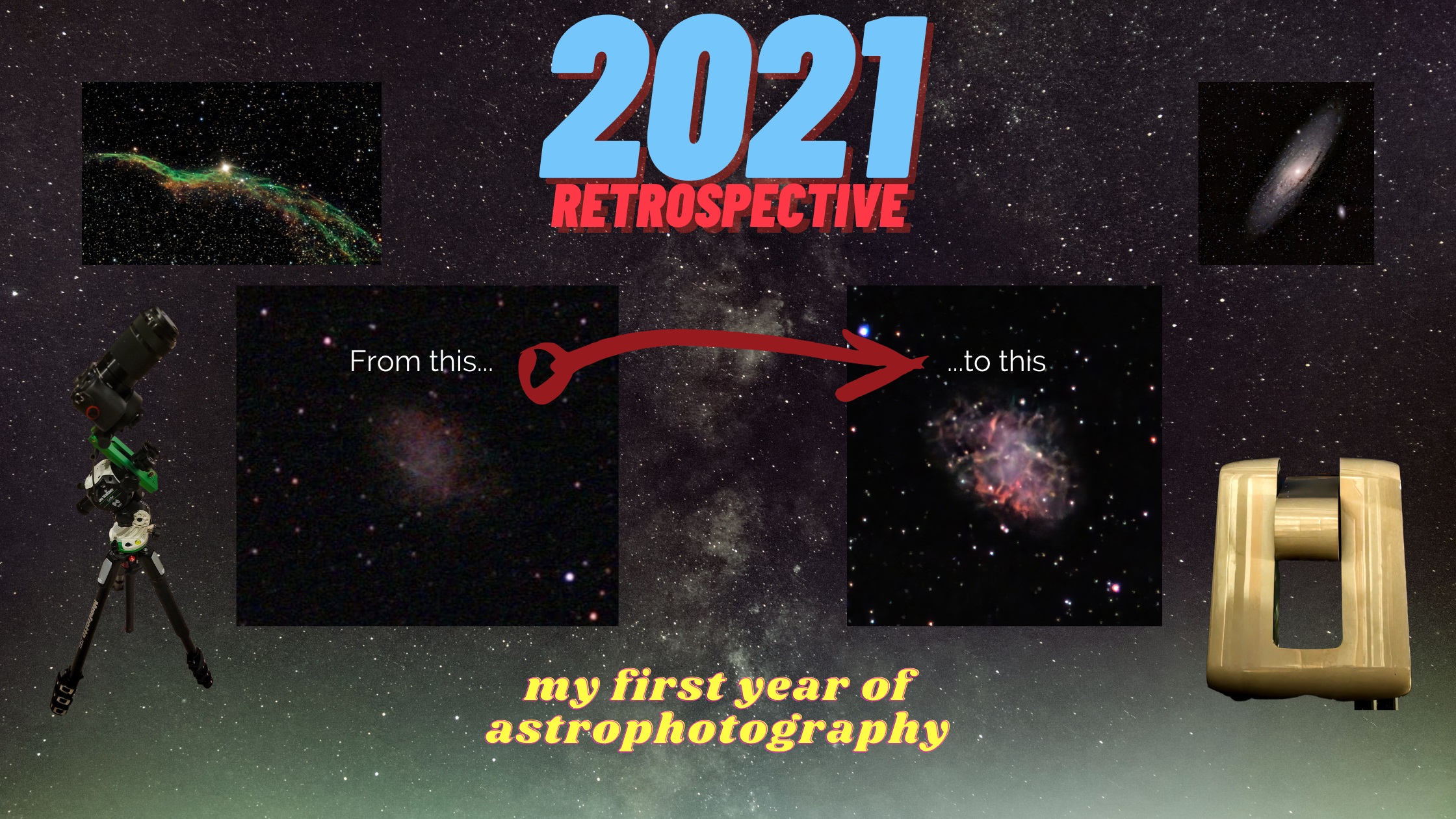
2021 in Retrospective and Favorite Photos
A look back at the first year of my astrophotography with my favorite photos from 2021.
2021-12-21 learn more

A Night on the Bluff in Otter Rock, Oregon
The moon. The Milky Way. The Rho Ophiuchi complex. So many targets, and just one night. In this video, I share the experience of watching the sun, moon, and Orion nebula constellation set to be replaced by the beautiful expanse of stars and the Scorpion nebulae which hides a complex and rare nebula.
2024-05-04 learn more
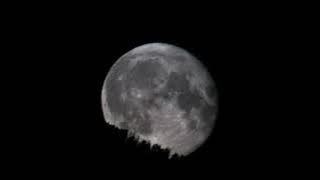
Almost full moon rising
The day after sturgeon supermoon, the almost full moon rises over the trees on a distant mountain ridge.
2023-08-03 learn more
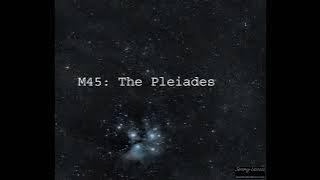
Behind the fence
I pointed my camera behind the fence. You'll never guess what I found! Seven Sisters, Orion, and even Jupiter stopped by.
2023-10-22 learn more
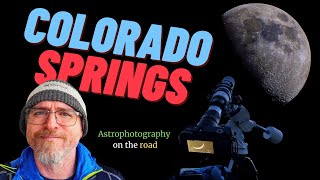
Colorado Springs 2023: Astrophotography on the road
Gear: Svbony sv503 70ED 70mm (420mm f/7 or 336mm f/5 with reducer) doublet refractor, Sony Alpha 6300 mirrorless camera, assorted Samyang manual focus lenses, Sky Watcher Star Adventurer GTi 'go to' mount, Manfrotto tripod. Targets: Milky Way, Moon, SpaceX Crew-5 Dragon trunk, M13, Orion constellation, Venus, and Antares region with part of Rho Ophiuchi.
2023-05-05 learn more
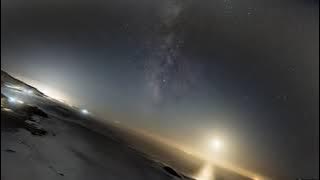
Goodnight, Oregon Coast
Timelapse of time spent taking timed captures of the sky looking south from Cape Foulweather. To the left is the Inn at Otter Crest, further down is the Yaquina Head lighthouse, and the glow in the distance is my new hometown, Newport.
2023-10-03 learn more

Imaging M1 (and Mars, Jupiter, and the Moon)
On December 14th I pointed my telescope to the sky. I captured Mars, Jupiter, and the moon with my planetary QHY5III462C before I switched to the deep sky ASI294MC Pro. After setting up an advanced script in N.I.N.A., I let it run all night and used the results to create my best picture of the Crab Nebula to date. It's all documented including setting up and balancing my rig.
2022-12-17 learn more
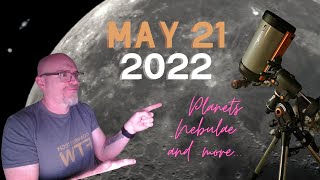
May 21, 2022 - planets, nebulae, and more
Join me for a night of viewing. I observed several nebulae (the Iris Nebula, the Dumbbell Nebula, and the Eagle Nebula) and the moon all night until 3am when the planets Saturn, Mars, and Jupiter appeared in that order.
2022-05-22 learn more
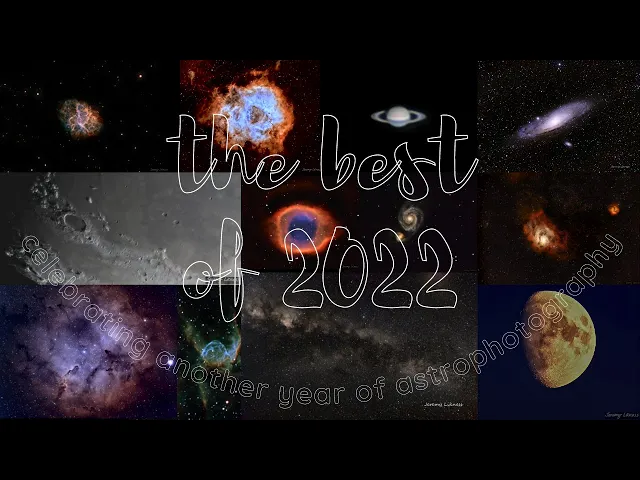
My best space pictures taken in 2022
Collage of planets, galaxies, nebulae, and more that I captured in 2022. From Saturn and Andromeda to Thor's Helmet and the Milky Way.
2022-12-20 learn more
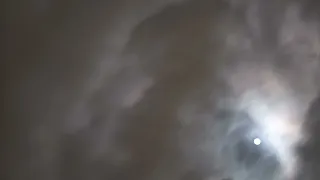
Seven Sisters and Luna on a Cloudy Night
The bright moon can't quite overpower the Pleiades, but it's the clouds that end up with the last word in this timelapse.
2022-11-20 learn more
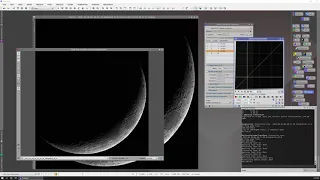
Stacking Nonlinear Images (the Moon) with PixInsight
Simple tutorial showing how to take nonlinear images and register/stack them to improve the detail. Workflow uses the moon captured by my Stellina with seven shots. Blink, FFTRegistration script, dynamic crop, multiscale linear transform and curves transformation.
2021-04-17 learn more
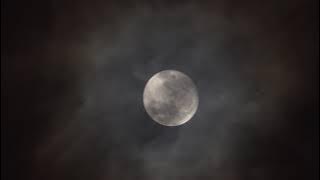
Symmetry: The Harvest Supermoon and the Sun
A video of the last supermoon of 2023 appearing in a cloud sky following by the morning sun from the following day.
2023-10-03 learn more

The Cayman Collection (behind the scenes)
My adventures in Grand Cayman photographing Mars, the Pleiades, Cassiopeia, Cygnus, Orion, M31: the Andromeda Galaxy and M33: the Triangulum Galaxy using my Sony Alpha 6300 mirrorless camera with 12mm and 50mm Samyang lenses, the Svbony sv503 70ED 420mm doublet refractor, and using the Sky Watcher Star Adventurer GTi mount.
2022-10-25 learn more
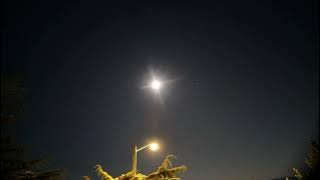
The Wanderers
A timelapse of Saturn, the moon, and Jupiter making their way across the sky. Shot with a Sony Alpha 6300 mirrorless camera on a fixed tripod with 8 second exposures on a Samyang 12mm f/2 lens.
2023-08-05 learn more
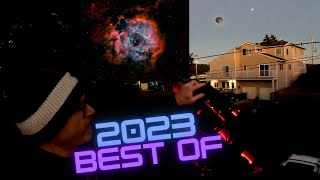
The best images I captured in 2023
Hold on to your hats! We're going for a ride. 2023 was a breakout year for my astrophotography as I had my first access to dark sites, refined my Milky Way technique, got closer to the moon and started working with planets, processed my first comet, made my first solar filter to take solar shots, and a lot of new and improved targets with the addition of narrowband filters.
2023-12-14 learn more
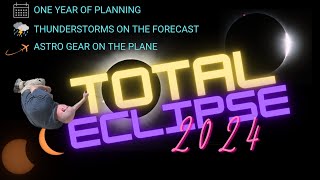
Total Solar Eclipse 2024
I planned over a year for this total solar eclipse. I dragged gear across the country and watched the forecast predict thunderstorms as the day drew near. The experience itself was unforgettable. Here is my story about, and my photographs of, the 2024 Total Solar Eclipse. Taken on location in Hot Springs, Arkansas.
2024-04-08 learn more


























































































































































































